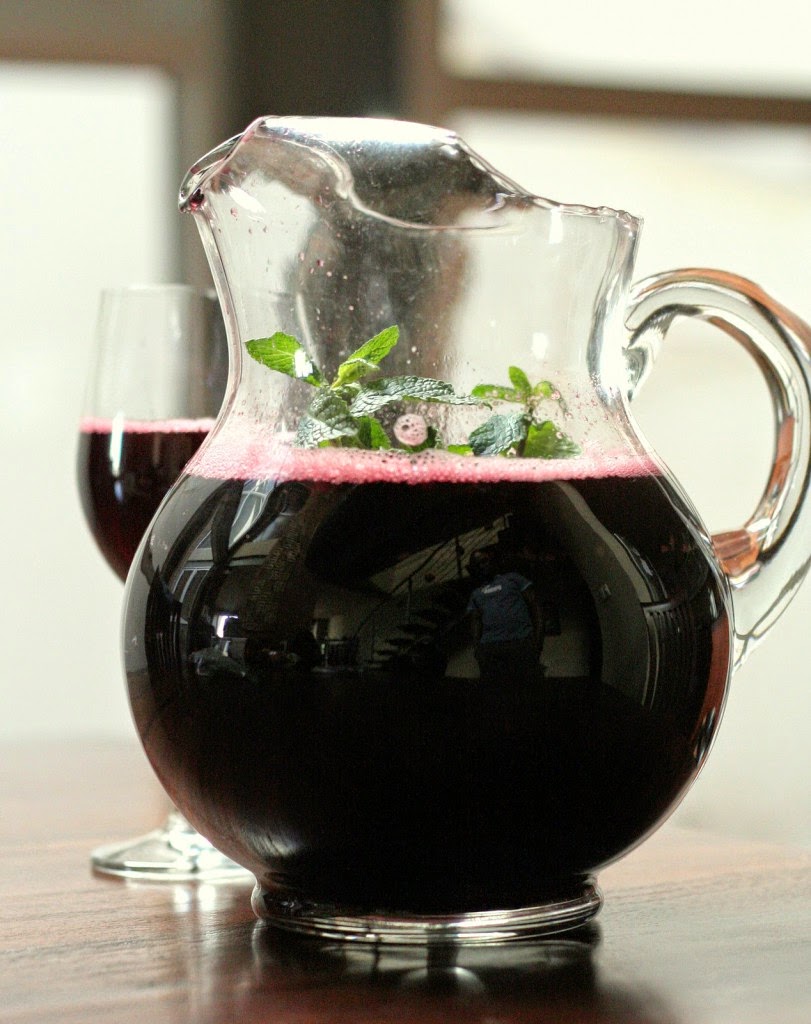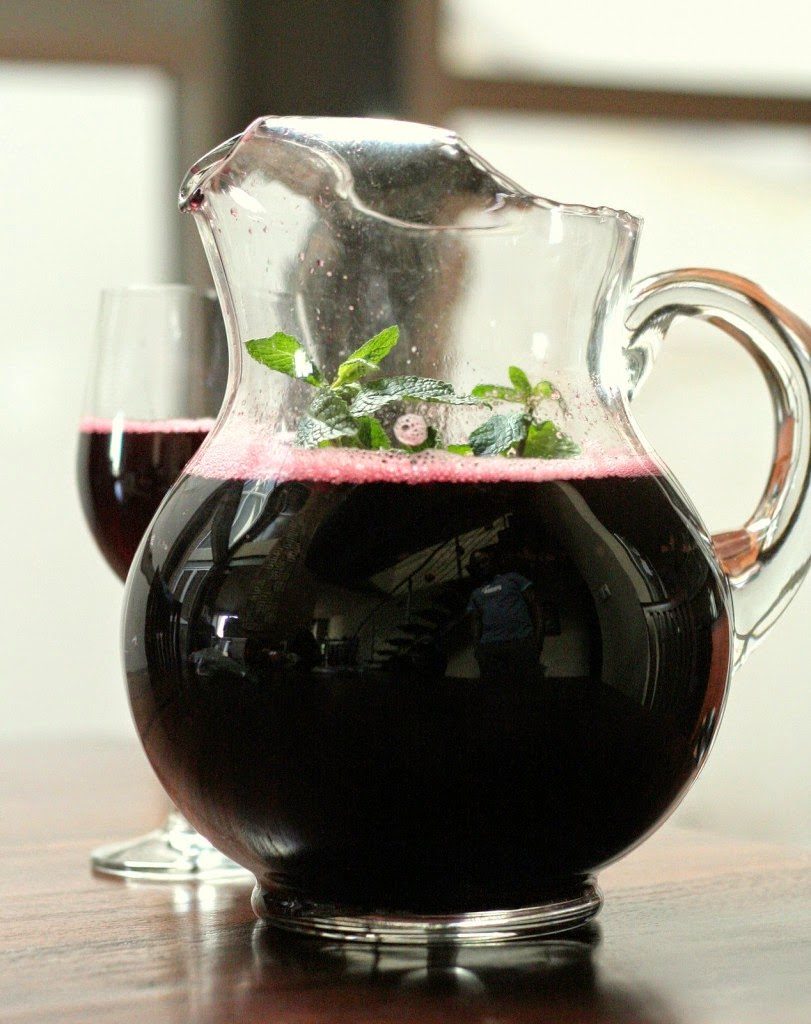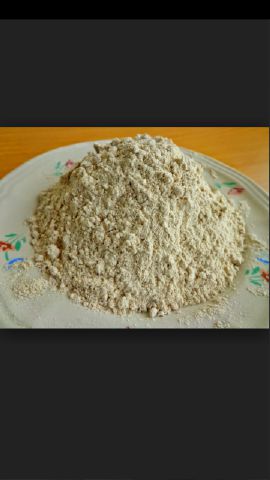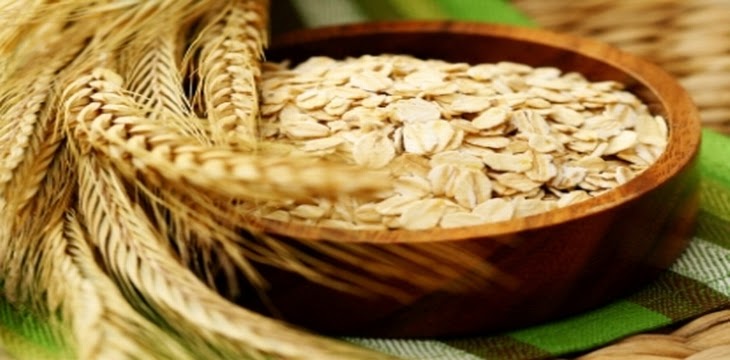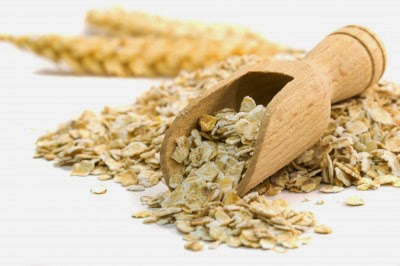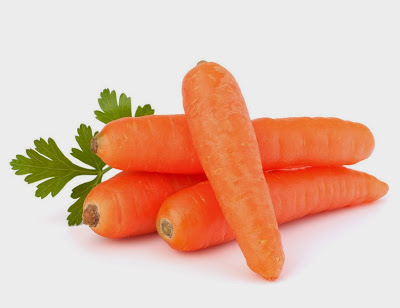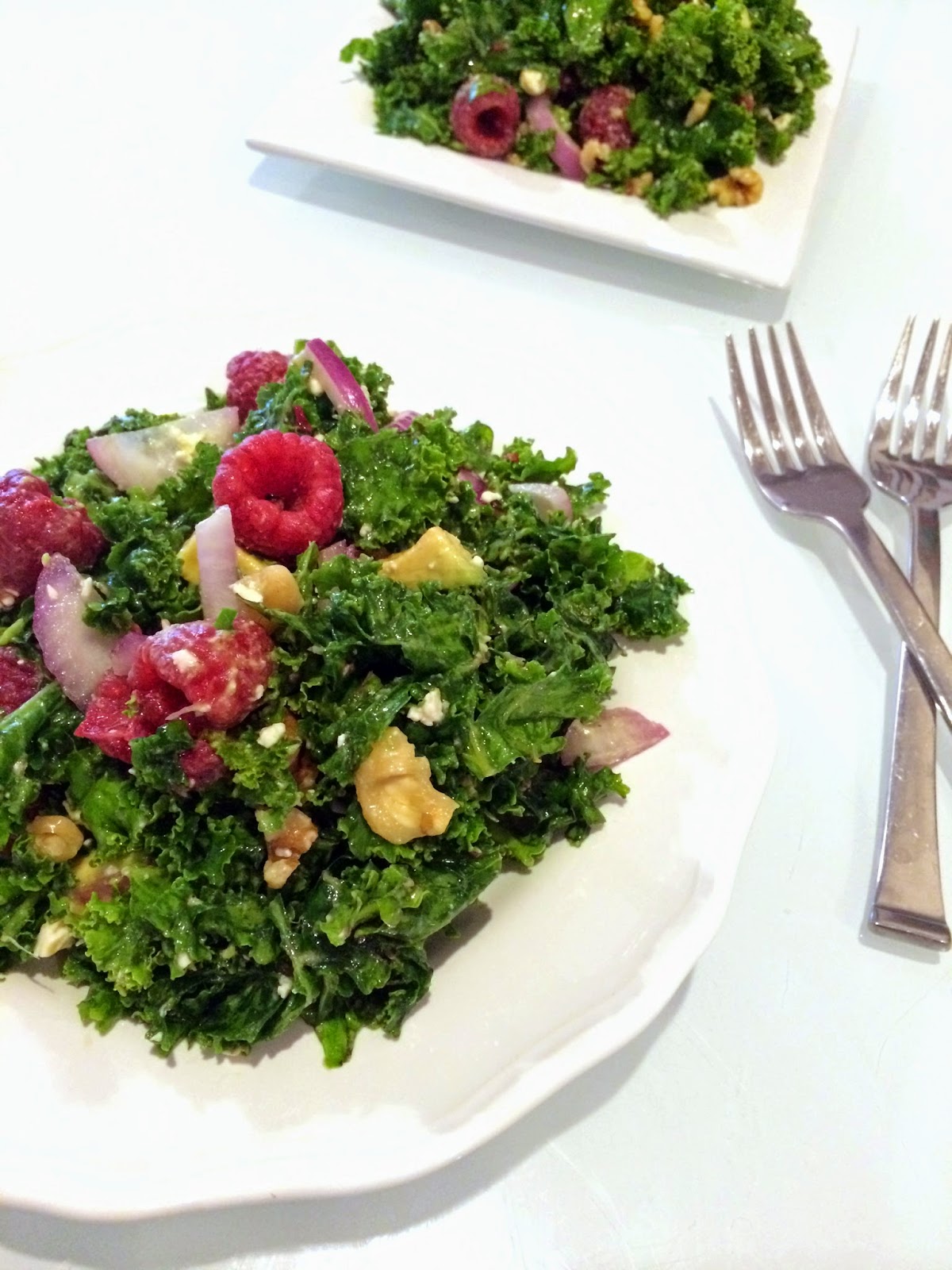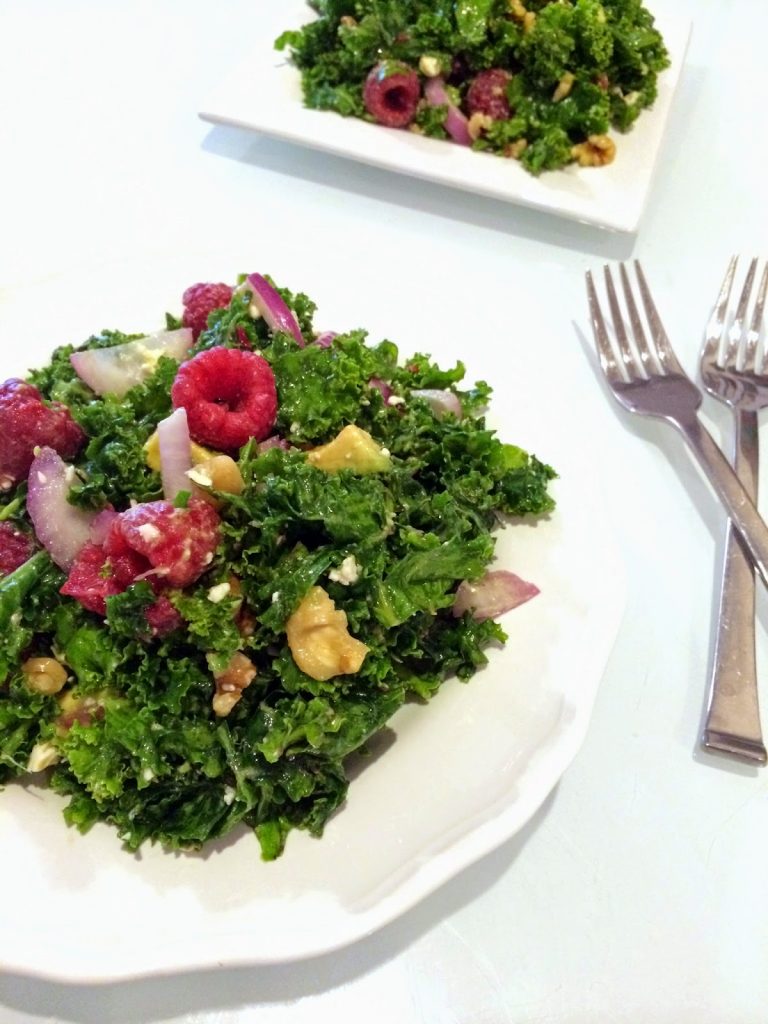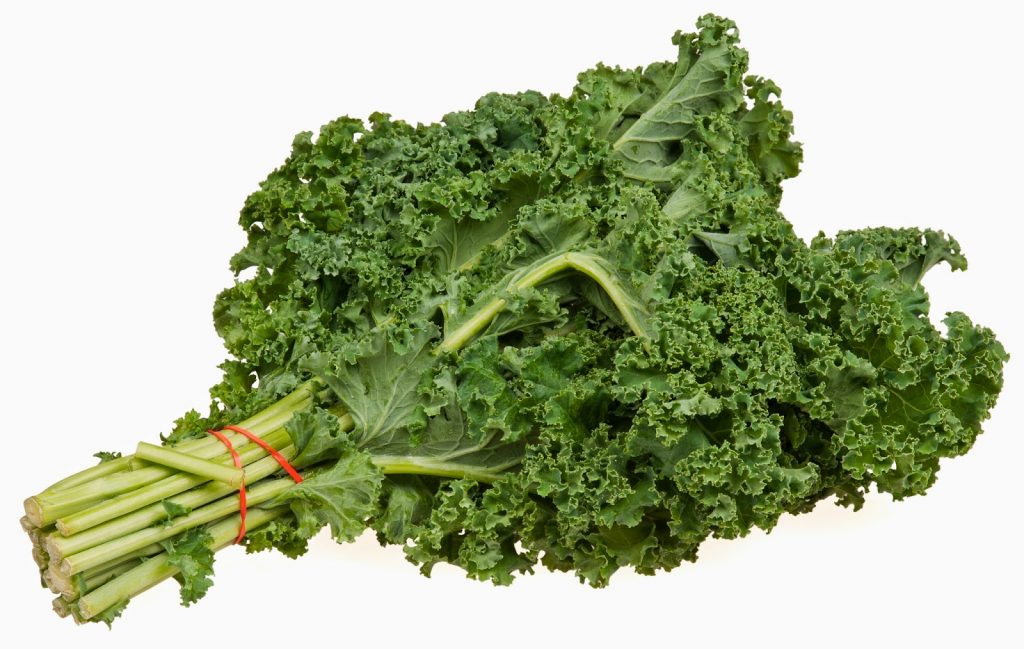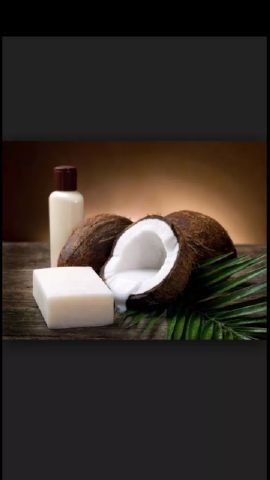Uncategorized
I was at a store today to do a little shopping when I saw a woman come in to get packaged unripe plantain flour. I casually asked her what for and she told me her mother suffered from diabetes and had this recommendation from a friend. I did not bother to ask what qualifications this friend had but made a resolve to get a clearer understanding of what properties unripe plantain flour could contain that makes it a more workable substitute to the conventional wheat flour for diabetics. Y’all know i’m not one to hoard, so here you go:
A research carried out in Nigeria by scientists from the University of Edinburgh, England, revealed that one in every four Nigerian is at risk of being diagnosed with high blood pressure. High blood pressure – also known as hypertension – which can cause stroke, heart disease and kidney disease, is twice as high in Nigeria compared with other East African countries and very few are aware that they have the condition. The study also revealed that the figure will sharply rise as more Nigerians continue to live like westerners lives until drastic measures are put in place. There were more than 20 million cases of hypertension in Nigeria in 2010, affecting one-in-three men and one-in-four women and researchers predict a rise in figure to 39 million cases by 2030. Their findings have been published in the “Journal of Hypertension” and it is the first up-to-date nationwide estimate showing how hypertension affects Nigerians at an alarming rate.
The Different Health Benefits of Carrots first.
It is well-known that all vegetables are packed with nutrients. Carrots have been widely publicized to virtually “make the blind see” but is that all they do?.. Here’s a rundown of the different health benefits one could gain from eating carrots:
Carrots are naturally rich in vitamins, antioxidants and dietary fiber. They only give 41 calories for every 100 grams, with a negligible fat content and no cholesterol.
Carrots are also rich in vitamin A and beta-carotenes, which help protect people from developing mouth and lung cancers. These compounds, along with flavonoid compounds, help protect the skin too.
Research conducted by the scientists at the University of Newcastle discovered that falcarinol found in carrots may help prevent cancer, as it destroys cells that are pre-cancerous. The study was conducted on laboratory animals.
Fresh carrots are also rich in vitamin C, giving about 9% of the RDA. Vitamin C helps keep the gums, teeth and connective tissues healthy. Its antioxidant properties also help the body be protected from various diseases caused by free radicals.
The root is also rich in B-complex vitamins, such as vitamin B6, folic acid, thiamine and many more. These are co-factors to certain enzymes that are needed for substrate metabolism.
Carotenes are changed by the liver into vitamin A. This vitamin is essential for the maintenance of good vision, sperm production and skin integrity, plus normal growth and development.
Carrots and Cancer Research
Falcarinol is an antioxidant found in carrots and has proven anticancer properties. Researchers in the UK and Denmark reduced cancerous tumors by 1/3 in mice and rats with lab induced cancers.
Additionally, a human study found that consumption of carrot juice increased blood levels of carotenoids in breast cancer survivors. The researchers believe that increased carotenoid blood levels acts as a cancer preventive.
The experiment was conducted using raw carrots so researchers do not yet know if eating boiled carrots or drinking carrot juice, for example, would have the same effect.
Falcarinol is toxic in large amounts but to obtain a lethal dose you would have to eat 400 kilograms of carrots at once. Researchers suspect it is effective because it stimulates mechanisms in the body that fight cancer, although they have yet to carry out a detailed analysis in this respect.
Carrots are full of nutrients, which is why people should include these in their diets. These root crops can help people become healthy as well as prevent the onset of various diseases, including cancer. Young and tender carrots are the best ones, as they are sweet and full of various nutrients.
Coca cola has become the most consumed carbonated product in the world. Its refreshing taste and crispy sweet feel has gotten many people near addicted to the thing. You probably don’t know that the toxic and health damaging ingredients used to make this product is what brings that very temporary feel that you near get addicted to. For example, it contains carbonated water, sodium benzoate, citric acid, orthophosphoric acid, aspartame, sodium cyclamate, food coloring and assorted aromas. It is important to look at each of these ingredients in order to truly understand what is included in the drink. Of course, the aromas are basically there to make the drink smell good so you will drink it.
*Orthophosphoric acid is one of the drink’s most abundant ingredients. It is also the most infamous. A scary thing about this particular ingredient is that it is so corrosive that it must be trucked in using special containers in order to guard against the containers becoming corroded by this ingredient. It is a frightening prospect to think of putting anything in your body that is so dangerous that it can corrode steel on contact. However, it is a prevalent ingredient in Coca-Cola. Inside the body, it typically prevents the absorption of calcium, leading to bone density problems. This in turn may lead to more serious problems later on such as osteoporosis and even broken bones. It also adversely affects the eyes and even the skin, often causing painful skin rashes that can lead to infections.
*High Fructose Corn Syrup: This is found in Coca-Cola Classic. It is used too extend it’s shelf life as well as a sweetner. Linked to obessity due to the pervasiveness of its presence, digestion of this substance promotes fat storage in the body.
*Sucralose: This is found in diet coke and is 600 times sweeter than regular sugar preliminary research discovered that it can cause organ damage and intestinal complications as it is removed from the blood stream by the kidneys.
*Saccharin: This is an organic petroleum molecule, 300 times sweeter than sugar and should be avoided during pregnancy. It is used in Diet Coke and can cause brain tumors, cancers and can be especially harmful to children.
*Sodium benzoate: This can be potentially dangerous if you happen to have an allergic reaction to aspirin or if you have asthma. It has a tendency to exacerbate these conditions and can make asthma worse in a matter of seconds. According to Sheffield University in Britain, a study found that it has the ability to deactivate human DNA. The deactivation of DNA may lead to Parkinson’s disease and other diseases that are associated with it. It can also cause cirrhosis of the liver, a potentially fatal disease.
*Coca-Cola Light relies on aspartame in order to get its sweet taste. Aspartame is a sugar substitute which actually breaks down into methanol under certain conditions. When aspartame gets hot enough, it actually has the capability of transforming into the gas methanol, which may cause blindness due to irreversible optic nerve damage. While it is unlikely that it could become that hot in a can of Coca-Cola, one thing that does frequently happen in warm drinks is that it actually turns into formaldehyde. Formaldehyde inside the human body causes a host of potential medical problems. Some people exhibit hearing and memory loss, blurry vision, joint pain, fatigue, headache, nausea, dizziness and even heart palpitations. The high level of phenylalanine and methanol in Aspartame could damage neurons, lead to memory loss, brain tumors and even cancer. Diseases associated with aspartame consumption include chronic fatigue syndrome, epilepsy, Alzheimer’s, Grave’s disease, multiple sclerosis and even brain tumors.
*Sodium cyclamate: This is an artificial sweetener that was originally banned by the FDA due to evidence that it could cause cancer. However, it was later determined by the World Health Organization that it was safe for human consumption and now appears in Coca-Cola as well as other products. However, the evidence that it has the potential to cause cancer still exists. It also causes infertility in men and diminishes testicles.
What Happens Within 1 hour of Coca-Cola Consumption:
Almost immediately after you finish drinking a can of Coca-Cola, you have what amounts to approximately 10 teaspoons of sugar in your body. It takes all this sugar approximately 20 minutes to cause the insulin in your blood to skyrocket as the liver starts changing the sugar into fat. This fat is then stored in your body and unlike fat from food, it is very difficult to get rid of. Approximately 40 minutes after you have consumed a can of regular Coca-Cola, the caffeine is affecting the body to the greatest extent. This causes your blood pressure and your heart rate to go up. You feel more awake, but you are also jittery and you may become irritable. Almost immediately thereafter, a chemical called dopamine is produced in your brain. This is a chemical that is designed to produce a sense of euphoria. It is also basically the same effect that heroin addicts experience when they shoot up. A few minutes later, and approximately 1 hour after you have consumed a can of Coca-Cola, your metabolism rises, but not in a good way. Zinc, magnesium and calcium are bound by the phosphoric acid contained in the brink. This means that your body is largely unable to use anything in the drink that may be helpful. Virtually all of the calcium in your body is then expelled in your urine. After that, you essentially experience the “crash” that comes after consuming large amounts of sugar because any positive effects have gone, leaving you feeling exhausted and mentally dazed.
Possible health benefits of consuming kale
COCONUT OIL AND THE DERMATOLOGIST ( Coconut oil with a focus on skin care):

